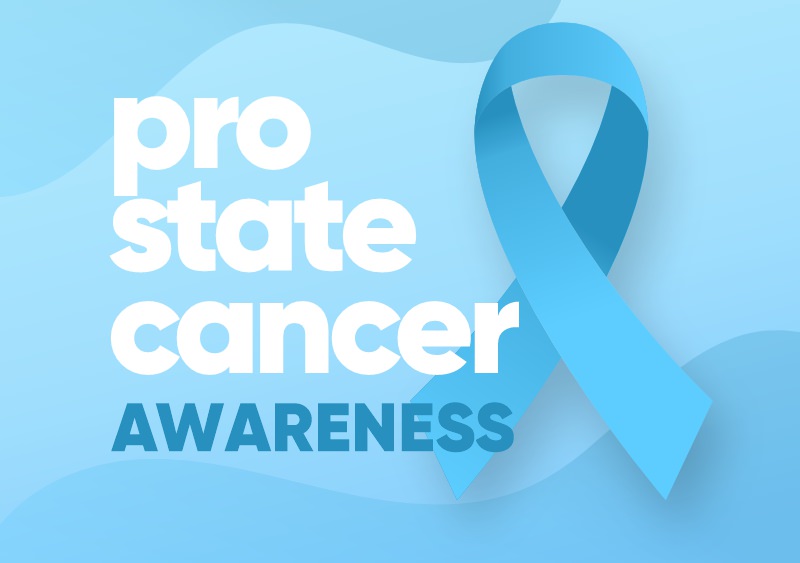Prostate Pain what doctors ask about

Prostate Pain
Doctors ask about the location and nature of pain during a visit to make an accurate diagnosis. Pain is not accidental; it serves as a signal of a disease in a specific organ.
Pain in the prostate is a symptom of the unpleasant male disease, prostatitis. The sensation is typically experienced during sexual activity, but it may also occur when at rest or during physical exertion.
It is important
To note that early detection of prostate disease and promptly seeking treatment can lead to complete eradication of the disease. Therefore, if you experience symptomatic pain in the prostate, it is recommended that you consult a doctor immediately.
The prostate gland is an unpaired organ and is one of the glands within the reproductive system of the body. It has a musculo glandular structure and is situated in the small pelvis, beneath the base of the bladder. In terms of shape and size, ranging from 25 to 45 mm in length and 22 to 40 mm in width, it could be compared to a large chestnut.
The prostate gland (prostate) is often referred to as the “second heart of a man” due to its crucial role in sexual and reproductive health. The prostate gland is responsible for the ability to lead a normal sex life and procreation in the male body. It produces prostatic juice, which helps keep sperm active after ejaculation. The secretion constitutes 25-30% of semen, and is responsible for the specific odor of semen, reminiscent of the smell of fresh cucumber. Substances produced by the prostate gland play an active role in the production of the male sex hormone, testosterone, which is necessary for the process of achieving an erection.
The prostate gland also functions as a barrier, with the secretion containing immunoglobulins A and C and lysozyme, which prevent the entry and spread of various pathogenic microbes from the urethra into the upper urinary tubules. Additionally, the prostate gland produces certain chemical reagents that are part of the blood. Prostaglandin is the most extensively researched element of these. It plays a vital role in constructing smooth muscle structures across the body..
Prostate disease primarily causes pain in the sacrum, perineum, and scrotum. The prostate does not experience pain directly. However, nerve pathways that extend from it to all organs situated in the pelvic region result in discomfort and pain. Thus, prostatitis frequently leads to lower back pain. It can range from a dull, constant ache to a sudden and severe pain. Pain can either increase or reduce during prolonged sexual abstinence or with heightened sexual activity, erection, and ejaculation.
Doctors determine the stage of prostate disease by the nature of the pain.
In cases of chronic inflammation, patients experience a dull ache in the anus and groin, which may also be felt in the testicles. During gland examination, the doctor palpates the head of the penis and lower abdomen.
Acute prostatitis causes sharp perineal pain that intensifies during examination.
Prostate cancer causes pain in the sacrum, lower back, and hips. This type of pain may also occur when prostate cancer spreads to the pelvic bones.
In addition, various other prostate gland disorders can lead to prostate pain, including the presence of stones or cysts, and adenoma of the prostate.
It is important to note that certain prostate issues share similar pain characteristics and locations with other diseases. For example, pain in the lower back and sacrum is commonly associated with osteochondrosis, while pain in the rectal area can be indicative of an inflammatory process in the rectum.
Therefore, when diagnosing a patient with painful symptoms of prostate diseases, medical professionals will consider other diseases of the pelvic organs. The final diagnosis is reached after conducting all necessary tests to ensure accuracy.
Essential examinations include laboratory examination of the urethral smear:
- Screening for sexually transmitted infections;
- Pelvic ultrasound;
- Prostate examination using urological methods.
